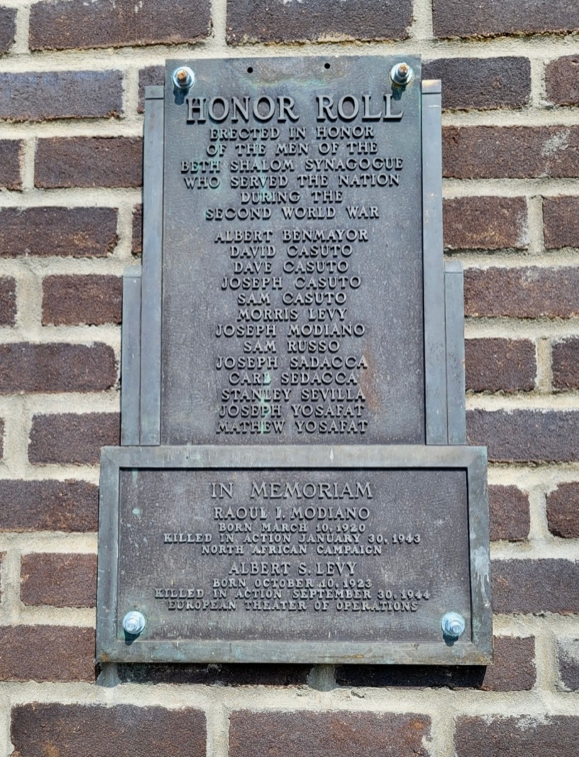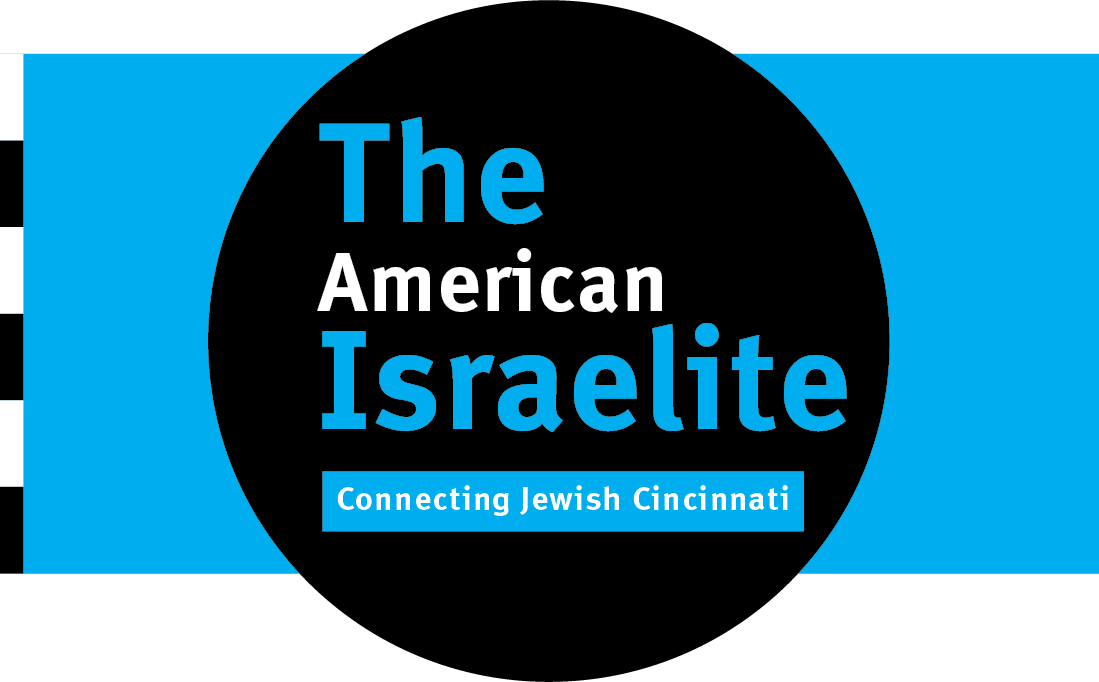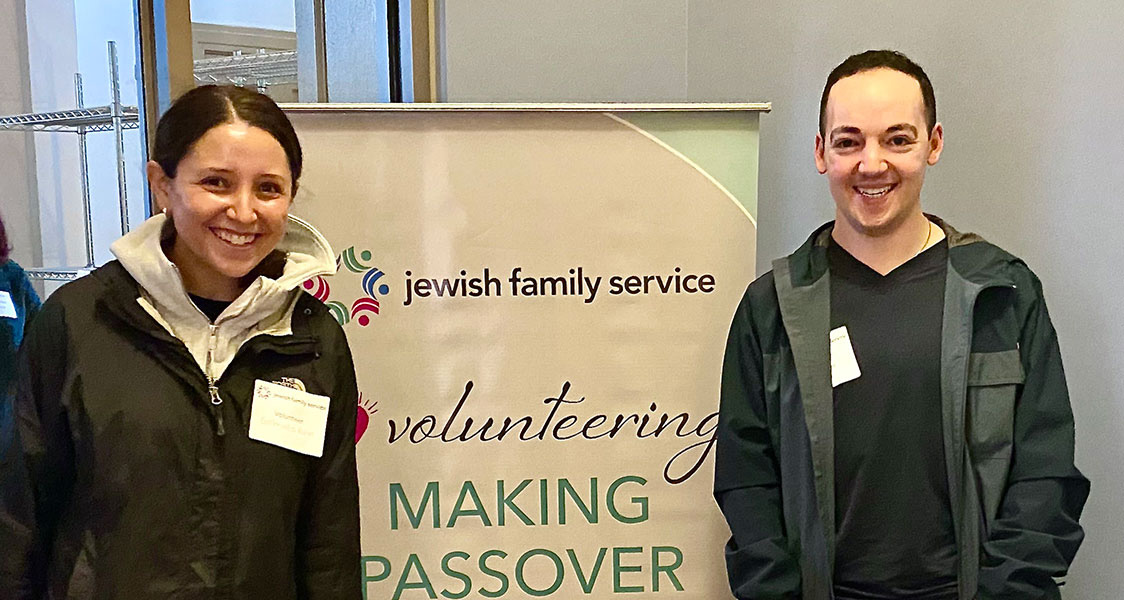Submitted by Jewish Cemeteries of Greater Cincinnati After the first Jew, Joseph Jonas, arrived in Cincinnati in 1817, Jews from many lands and ethnicities migrated to Cincinnati. Most of them were Ashkenazic Jews from Europe, but beginning in 1907, a not insignificant number were Sephardic Jews who left Turkey in the last years of the Ottoman Empire. Unfortunately, the Ashkenazic community of Cincinnati was not welcoming to Sephardic Jews, often called “Jerusalem Jews,” with their distinctly different traditions of worship. They also spoke a different language, an ancient Spanish Hebrew called Ladino, because these “Judio Españoles” traced back to Jews who had fled Spain during the Inquisition. Devout Sephardic Jews were essentially forced to form their own associations to serve their small Cincinnati community. They called themselves the Spanish-Hebrew Society, and they were by necessity tightly-knit due to their separation from the other Jews here. In 1912 the Spanish-Hebrew Society hired its first Rabbi, Haham Avraam Shemtov Gargir. (Haham is the traditional Sephardic title for Rabbi.) Haham Gargir was born in the city of Izmir in what is now Turkey, where he received smicha, or ordination. Soon after, when World War I broke out, such a large percentage of the men of the Society enlisted to fight for the United States Army that the proto-congregation had to temporarily disband, and only reformed after the end of that war. Since the Ashkenazic Jewish community still refused to let Sephardic Jews be buried in their cemeteries, as one of its first official acts after reforming in 1920, the Spanish Hebrew Society purchased for $600 a small plot of land within the Love Brothers Cemetery in Price Hill. They created a marble gateway at the entrance, a proud declaration that they were here to stay. That gateway stood for decades, but when it needed repair for safety’s sake, Jewish Cemeteries of Greater Cincinnati replaced it with a new replica. Possessed of a burial ground, Haham Gargir and others from the Spanish-Hebrew Society officially founded the Beth Shalom Congregation in 1921, but they were still religiously homeless, worshipping and gathering for holidays in the basement of an early JCC downtown. The congregation’s women advanced the Beth Shalom building campaign diligently, but even a decade of small donations amassed too little to build a synagogue. Neither would the larger Jewish community provide assistance. However, when Rabbi Eliezer Silver came to Cincinnati in 1931 to become the Chief Rabbi of Cincinnati’s Orthodox Jewish community, he took direct responsibility to insure they would have a home. Within just two years, through Rabbi Silver’s help, Cincinnati’s Sephardic Beth Shalom Congregation had a beautiful synagogue of their own, on Manss Avenue in Price Hill. Sadly, however, Rabbi Gargir did not live to see his nearly 60-family congregation worship there, passing away just weeks before the finished building was dedicated in 1933. But the congregation prospered there for four decades, until the synagogue finally closed in 1993. Among the names of its early congregational families are ones still known in Cincinnati today, including Jerushalmi, Casuto, Yosafat, Benmayor and others. The original marble cemetery gateway mentioned earlier was repaired and now graces the entrance to Foundations of Our Future, the installation of “rescued” historic plaques within Loveland Cemetery which will be dedicated in an event open to the public on September 10. Other historic plaques from Beth Shalom Congregation are also on display there, refreshing Cincinnati’s memory of esteemed leaders and veterans of Cincinnati’s only Sephardic congregation.
Cincinnati’s Sephardic Beth Shalom Synagogue Remembered




